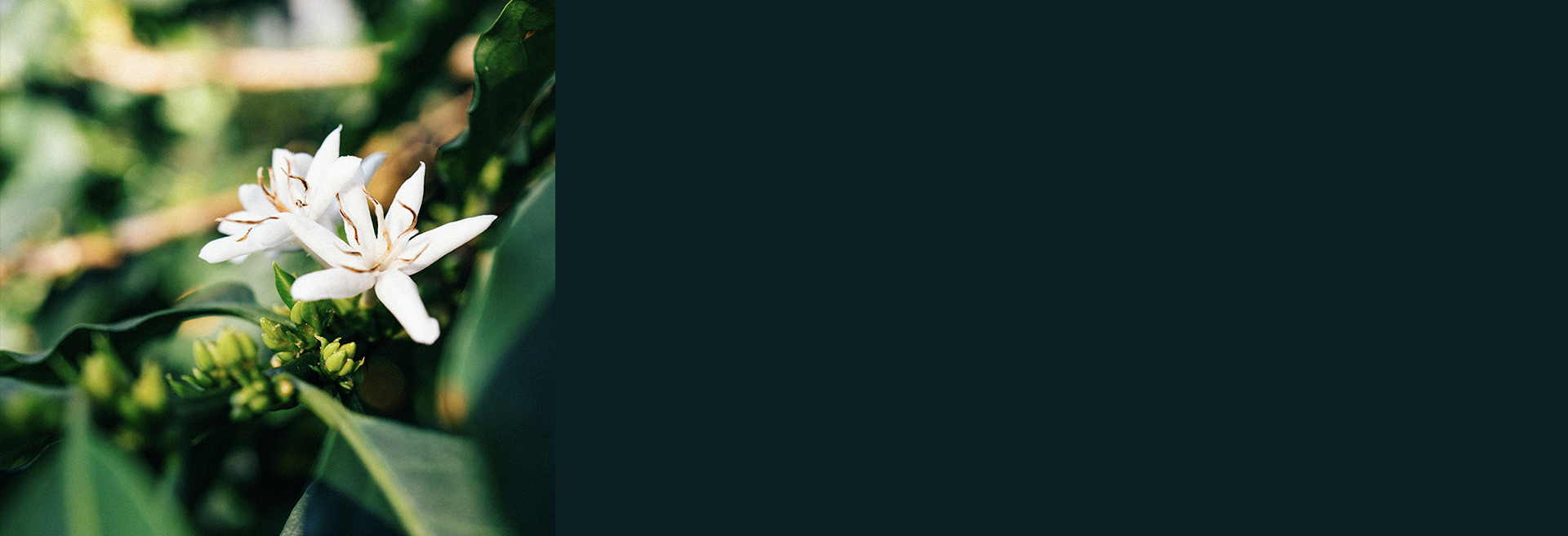FREE EU SHIPPING ON 4 BAGS
Ethiopia
Chichu - Ethiopia
250g
Cup Notes
Tea-Rose / Lime / Orange / Gingerbread / Honey
Suggested for espresso and filter
QUALITY SCORE: 89.00
when we roast
We freshly roast to order all coffees on Monday, Wednesday and Friday (excluding national holidays), and ship the same day! Cut-off time is 11:59pm (UTC+1) of the day before the roast day. *We only ship whole beans*
Details
- Producer
- Several small farmers
- Country
- Ethiopia
- Terroir
- Sidama
- Altitude
- 1550-1700 mt
- Process
- Washed (wet)
- Arabica cultivar
- Ethiopian Heirloom
- Picked in
- Oct-Nov 2017
- Arrived in
- June 2018
- Shipped in
- Jute + GrainPro
- Roast profile by
- Rubens Gardelli
- Roasted on
- Customised solid-drum roaster
THE STORY BEHIND
Located just 6 km south of the town of Dilla in Sidama Zone, Chichu washing station has produced some of Sidamo’s finest coffees for decades. Relatively small compared to other Sidamo wet mills, Chichu receives cherry from approximately 600 farmers each year, producing just over two full containers of coffee both washed and natural process. All though Chichu is located in Sidama Zone, many of the farmers delivering coffees to the washing station are located in the Southern Nation Nationalities and People’s Region (SNNPR) zone, very close to Yirgacheffe. For this reason, like many things in coffee, labeling coffee from Chichu as “Sidamo” or “Yirgacheffe” can be a little tricky.
Skin drying tables are used extensively post-washing to remove superficial moisture from the parchment and improve the uniformity of the drying. Workers sort the parchment coffee three different times during the drying process, once on the skin drying tables and twice while turning the coffee on the large beds.
Washed coffee from Chichu washing station delivers an incredible combo of mandarin orange, lime and citrus flavors with an effervescent acidity that leaves a tingle on the tongue. Jasmine and rose aromatics round out the focused fruit character
THE VARIETY
Ethiopian Heirloom, why the generic name? It's estimated that there are somewhere in-between six and ten thousand coffee varietals in Ethiopia. And due to this colossal figure, there hasn’t been the genetic testing to allow buyers to distinguish the varietal. With the cross pollination that naturally happens in the wild, the name ‘Ethiopian Heirloom’ exists as a catch all phrase to describe this happenstance. However, that really makes Ethiopian quite a mystery – and an interesting mystery with that as each village or town could potentially have a different varietal which could carry very unique properties.
Ethiopia is the birthplace of coffee, meaning it was only naturally found here.
THE FERMENTATION PROCESS
Washed coffees focus solely on the bean. They let you taste you what’s on the inside, not the outside. Washed coffees depend almost 100% on the bean having absorbed enough natural sugars and nutrients during its growing cycle. This means the varietal, soil, weather, ripeness, fermentation, washing, and drying are absolutely key.
Washed coffees reflect both the science of growing the perfect coffee bean and the fact that farmers are an integral part of crafting the taste of a coffee bean. When looking at washed coffees, it becomes apparent that the country of origin and environmental conditions play a vital role in adding to the flavour.
During wet processing, the pulp (i.e.the exocarp and a part of the mesocarp) is removed mechanically. The remaining mesocarp, called mucilage, sticks to the parchment and is also removed before drying. During this process, the sugars present in the mucilage are removed through natural fermentation or mechanical scrubbing. Mucilage is insoluble in water and clings to parchment too strongly to be removed by simple washing. Mucilage can be removed by fermentation followed by washing or by strong friction in machines called mucilage removers. Fermentation can be done by stacking the coffee outside or placing them under water and allowing nature to take its course. After the sugars are removed, the beans then can be taken through a secondary washing to remove any additional debris, or taken immediately to the beds for drying.



